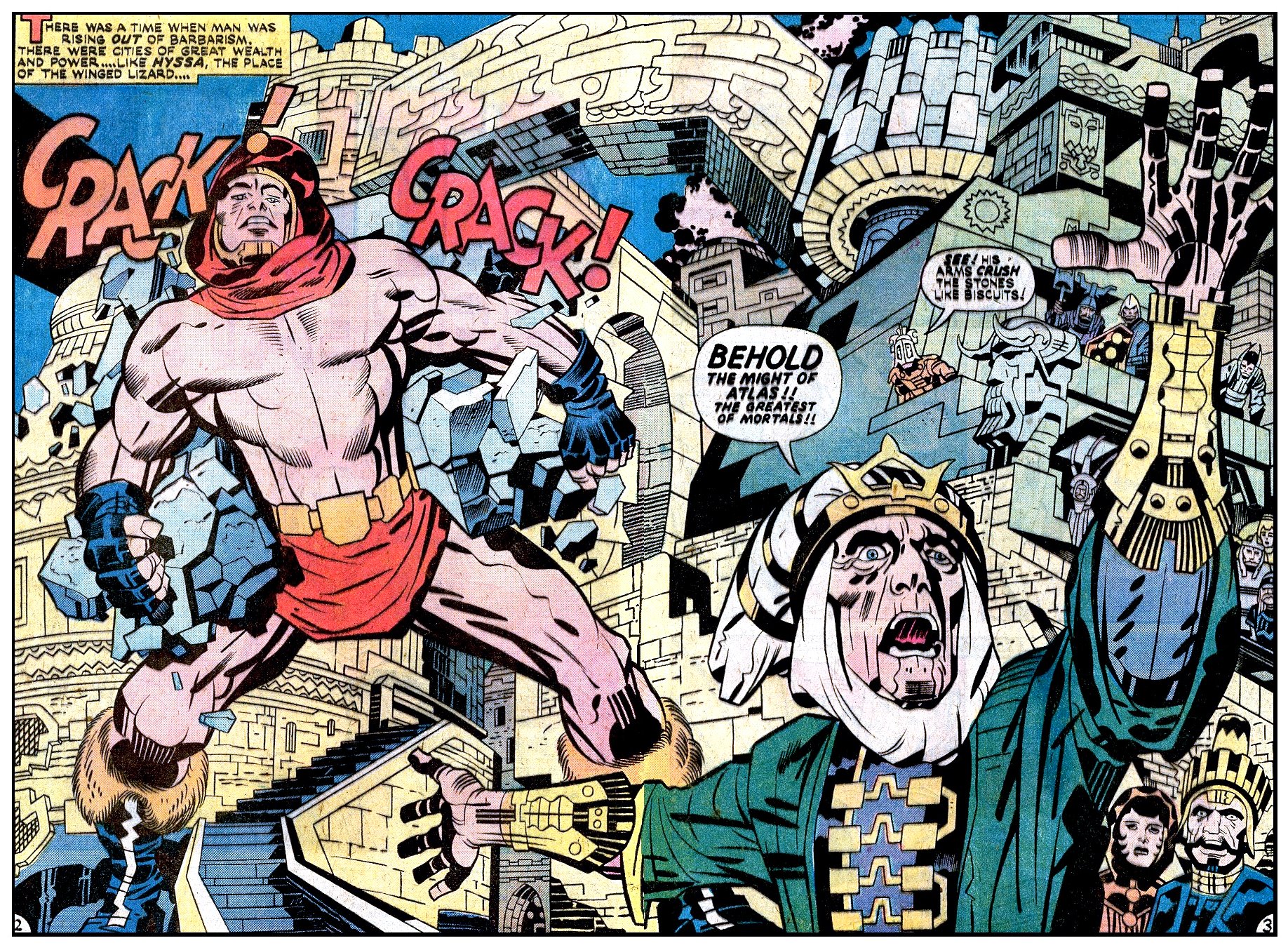"Prophecies and charms marked his face, talismans against attacks from animals, demons, and men."Some editions of D&D have felt suggested magic items were required equipment at certain levels. Even before that, the fact that you could sell magic items suggested the existence of places they might be bought: Ye Olde Magic Shoppe. Neither of these facts have ever sat well with some people, who view these as part of a mundanifying, possibly even industrializing of magic. In general, I would count myself among them, though it depends on the setting, really.
- Brian Catling, The Vorrh
There is a way to have common magic items without sucking the mysticism and mystery out of them and raising the specter of industrialization. That would be to replace many magic items with with charms or fetishes. Charms (and blessings) are mentioned in the 5e DMG , but they are envisioned as short-term or single issue enchantments on an individual. I think they could be applied to items, though they still might be single or short-term use to differentiate them from standard magic items.
There might be other differences:
- They would appear more like art objects than practical tools, though they might also be laid into practical tools (or people) with markings/runes.
- They could be acquired at shops, but they would generally bespoke, not bought off a shelf (though some might be).
- They would be pretty common, almost ubiquitous among adventurers, but they would be more specialized. Instead of a Ring of Protection, their might be a talisman of protection against weapons, one against magical attacks, one against the claws and teeth of beasts. (This approach would require more record-keeping, but might or might not be worth it.)
A lot of the adventurer's acquired wealth would go into buying new or longer lasting charms. Healing potions could stay potions, but they could be replaced with poultices or talismans instead. Maybe their would be a mixture of both, and could be purchased. "True" (permanent) magic items would be rarer, and perhaps only found among the ruins of the past. They would almost never be sold.























